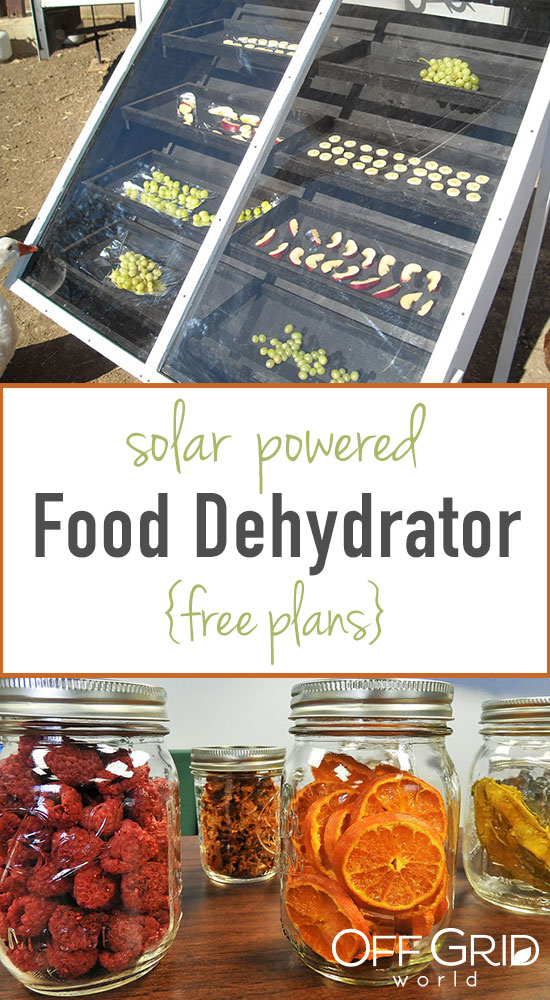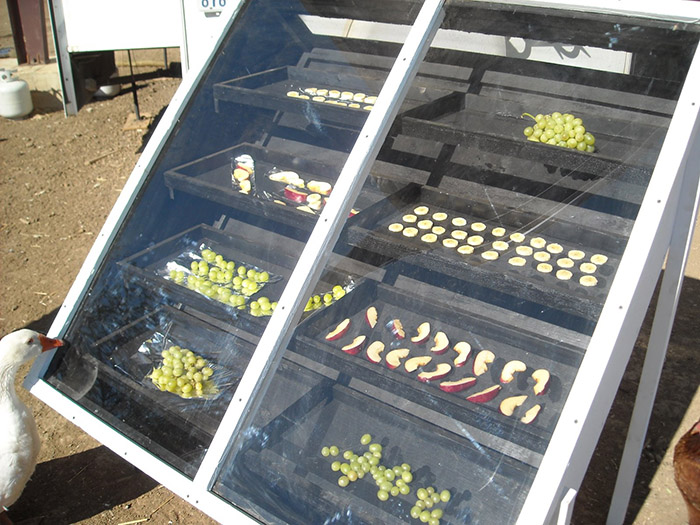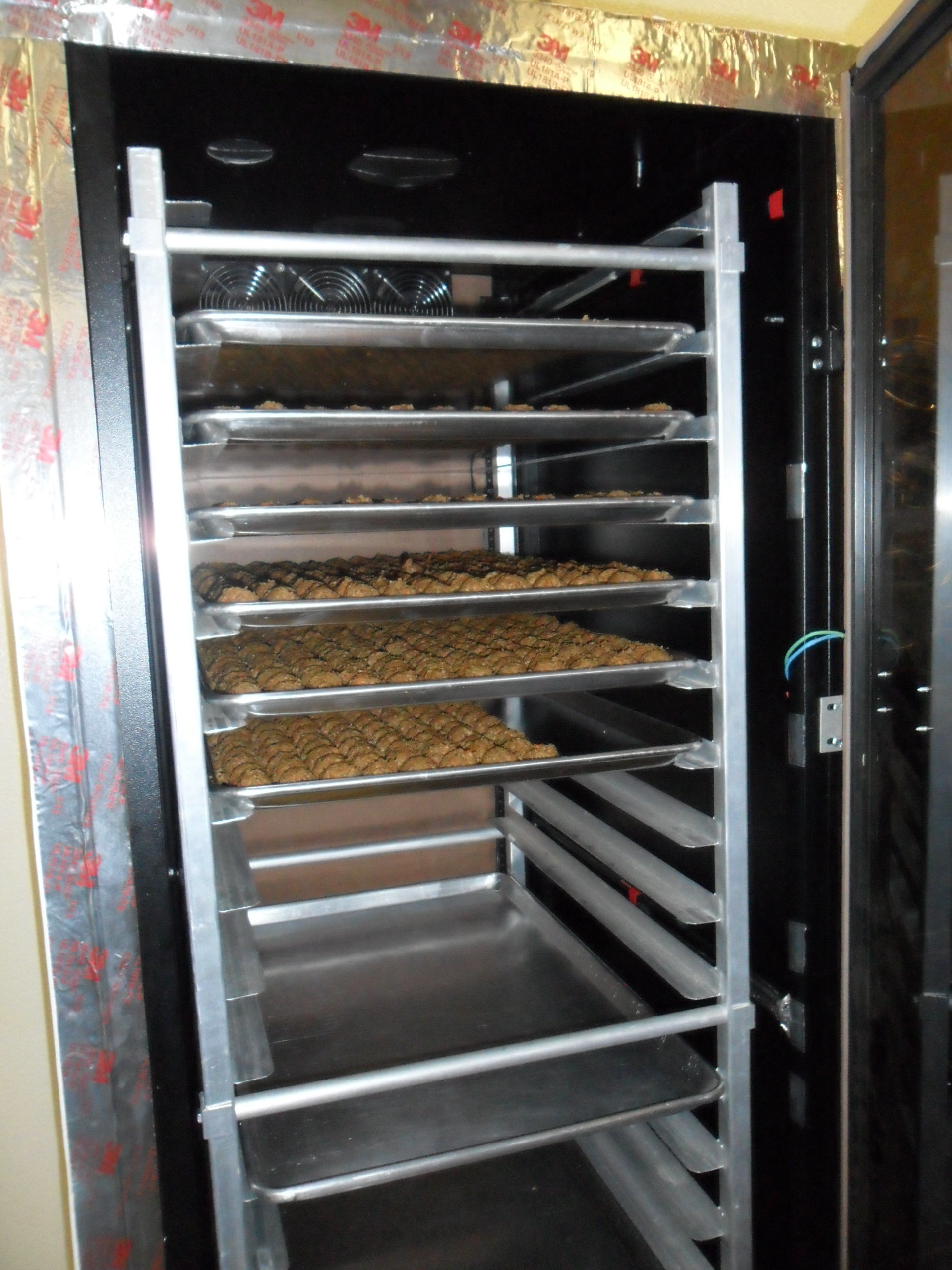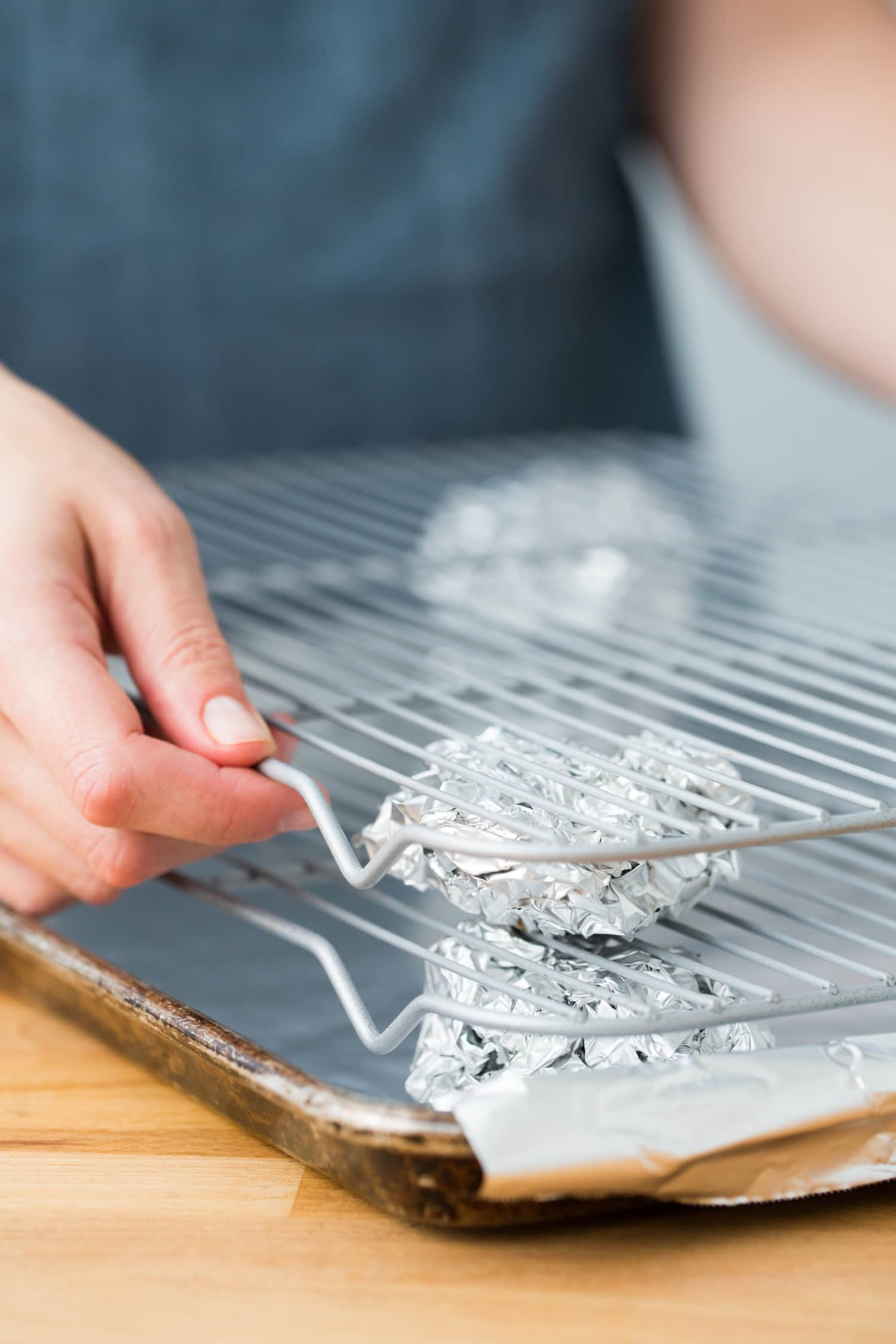Diy Food Dehydrator Heat Source
There is mesh stapled to the underside of the top to allow air circulation. • screw or nail your 2x4s around the edges of the plywood to make a sort of frame or shallow box.

The Best Solar Dehydrator of 2021 Spheral Solar
However a temperature above 150 degrees will destroy nutrients.

Diy food dehydrator heat source. Dehydrators run about €150 up over here, and i didn't want to tie the oven up for two days, so i decide to make one. Your ultimate goal of drying veggies and fruits would be fulfilled. A detailed plan is found here.
• drill several holes in one of the short ends of your box. This one is one of the best food dehydrators as it is highly functional, yet consumes less time in making. If the temperature is lower, you can close the vents so that the heat can’t escape the dehydrator.
Adding 1:1 water will return the food to its original state. I will do a slight change up for the heat collector. From what i've read, i would need a box with some trays, air circulation, and, ideally, some controlled heat.
Either bulbs or ceramic heaters should work just about the same. Rest the barrel on a bed of stones. It will have a fan, a heat source, a thermometer, and a regulator.
Kid, that cracks me up, i make 75k a year and have 2 children, but i like the spin on that. You will need the following materials: The ideal temperature must be 130 degrees fahrenheit to dehydrate the food at its best.
However, i will end with this. Besides the cardboard and the space heater, you’ll require some plastic drying racks (about 50 cents each) and plastic canvas. A fan of some sort is ideal to circulate heat and air efficiently.
This diy dehydrator is more sophisticated than the first, using pinewood and a basic covering from aluminum. This solar food dehydrator was designed by maharishi university of. Next you need a way to circulate that heat, as well as the air.
Tomatoes are great for dehydrating. The bottom chamber houses the food racks and a. Set 4x4s in the corners and sheet steel on top.
I am going to make my own large dehydrator/smoker. Simple but stylish solar food dehydrator. Like others have said, get a thermostat.
The heat source for this dehydrator is a hot plate with adjustable heat. I wanted to make some jerky. The lamp base cost about a dollar.
A solar food dehydrator uses heat from the sun to preserve homegrown fruits and veggies. Thin plywood and glass solar dehydrator. With the help of this diy guide, you’ll be able to construct a solar dehydrator at home with common household materials.
Another good rule of thumb is to add warm water to the dehydrated meals at a 1:1 ratio and wait about 4 hours. A dehydrator can help you save money when you preserve your garden’s bounty. Metal or mesh racks are handy to keep that air.
We've rounded up the best dehydrators to help you decide what to buy Ad reviews just for you! Air movement helps move moisture away.
I want to have temperature control as well. The coil was purchased from a local hardware store and is rated at 600 watts. My guess is that the ceramic bulbs will be more efficient for heat since the energy goes almost exclusively into creating heat and not visible light.
The fan is a bathroom fan purchased at lowes for about $10.00. Screen (as cover for vents) stalking for drying racks. Many recipes using dried tomatoes require.
This diy solar food dehydrator uses solar radiant heat to evaporate moisture from your food. The box, trays and air circulation are somewhat. The cost was less than $5.
I will make a stack of aluminum sodacans that have the tops and bottoms cut out, and then glued together into stacks. • paint everything black since the color black captures the most heat. As the sun warms up the air in the lower box, the hot air rises through the food to escape out the top.
Besides the cardboard and the space heater, you’ll require some plastic drying racks (about 50 cents each) and plastic canvas. Plywood ( for making the body) wood for braces (support) window. The best part about making use of this drying technique is that no electricity is used.
As long as the sun is shining, your dehydrator is working. Stainless steel vs carbon steel wok calphalon knives vs henckels These holes will be the air intake for your solar dehydrator.
It doesn’t have to be hot. The heater is there to lower the relative humidity of the air in the chamber. You need a heat source to speed up the drying.
The diy solar food dehydrator will allow you to preserve your. For those who would like something simple yet stylish, then this model. Diy solar food dehydrator plans step 1:
Seems like a good idea. Solar dehydrators work best in strong sunlight and low humidity. That is the proper way to ensure safety.
Join the sides together to make a perfect shape. If you want to spend lesser time in making a diy solar dehydrator, then this plan perfectly suits your need. Add cover to the frame;
It must be placed in full sun. Either slip the peel off by dipping them in hot water for 30 seconds or trim off skin, lay slices on the trays and usually in about 2 days they are ready for storage. Mark the cutting diagram most of the wood required for these solar food dehydrator plans can be cut from a.
Add a door at the front. All you need to ensure that the temperature is under 115 degrees fahrenheit (46 degrees celsius). While it might take a few days to create, one can call upon professional help to chop the wood and speed along the process.
So, i want to build my own food dehydrator. My dehydrator has a thermal fuse to protect against overheating. Best to use a thermostat like this to control the temperature.
There's no need to rotate the food; The airflow will quickly overwhelm the capacity of the desiccant. Never again will you have to worry about your foods going to waste.
Heat input gets used to evaporate the water (which absorbs heat), so a low power will produce a. It is basically a cedar box with holes on the sides for ventilation that are covered by mesh. Even using the oven on low is a type of dehydrator, just not a very efficient one.
Therefore, you will need to add more water to it if you are going to be cooking it in water. They're pretty simple, just a box with a rack, a fan, and a heating element. Using a thermometer inside a dehydrator is a very good idea.
An aluminum deflector was also bolted in place to direct the warm air across the food racks. A hole was cut in the shelf for the fan’s outlet flange and the fan was bolted directly to the shelf. The heat source is a ceramic heat coil screwed into a regular porcelain lamp base.
Then you can use the food as you usually would. With this diy solar food dehydrator, it is possible to get rid of excess moisture in your vegetables.

Solar food dehydrator Dehydrator recipes, Diy solar, Backyard

Homemade solar dehydrator Solar dehydrator, Avocado plant, Stuffed

Free, Green, Solar Dehydrator Solar energy panels, Solar energy

Build a Food Dehydrator HANDMADE Pinterest Food dehydrator

Review Excalibur 9 Tray Food Dehydrator Rogue Preparedness how to

Solar Heated Large Scale Dehydrator 4 Steps (with Pictures
DIY Dehydrator scot hacker's foobar blog
Large Scale Solar Dehydrator All SelfSustained

How To Make a Solar Powered Food Dehydrator FREE PLANS Off Grid World

How To Make a Solar Powered Food Dehydrator FREE PLANS Off Grid World

Solar Dehydrator 7 Steps Instructables

Server to Food Dehydrator, Arduino Controlled 4 Steps

26 best Solar Dehydrators images on Pinterest Food dehydrator, Diy

Good idea but you have to make it dust proof around here. Dehydrator

The Best Food Dehydrator How to Choose the One for You Dehydrator

In this process, I use an Excalibur food dehydrator as the heat source

Precise Heat 5Layer Electric Food Dehydrator

